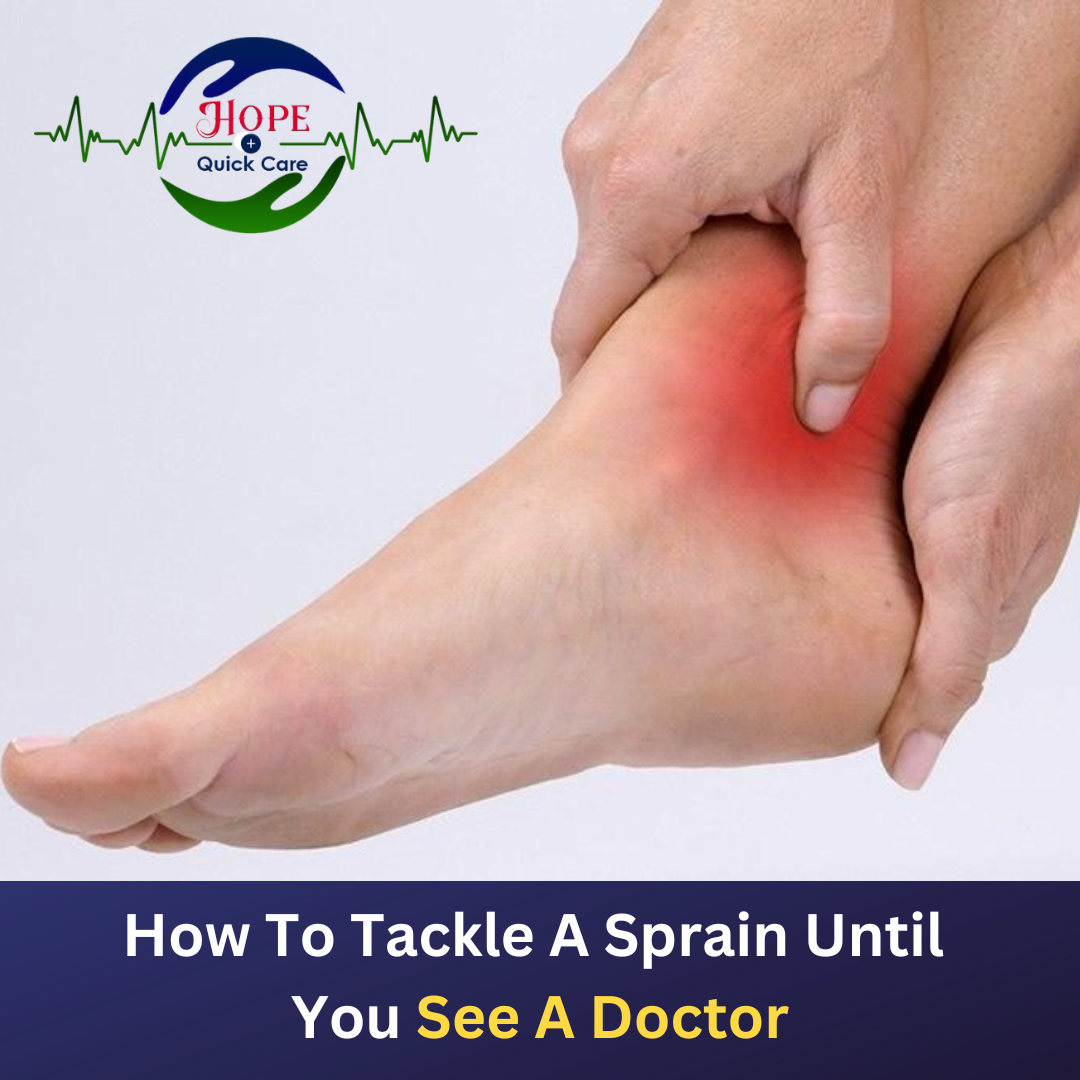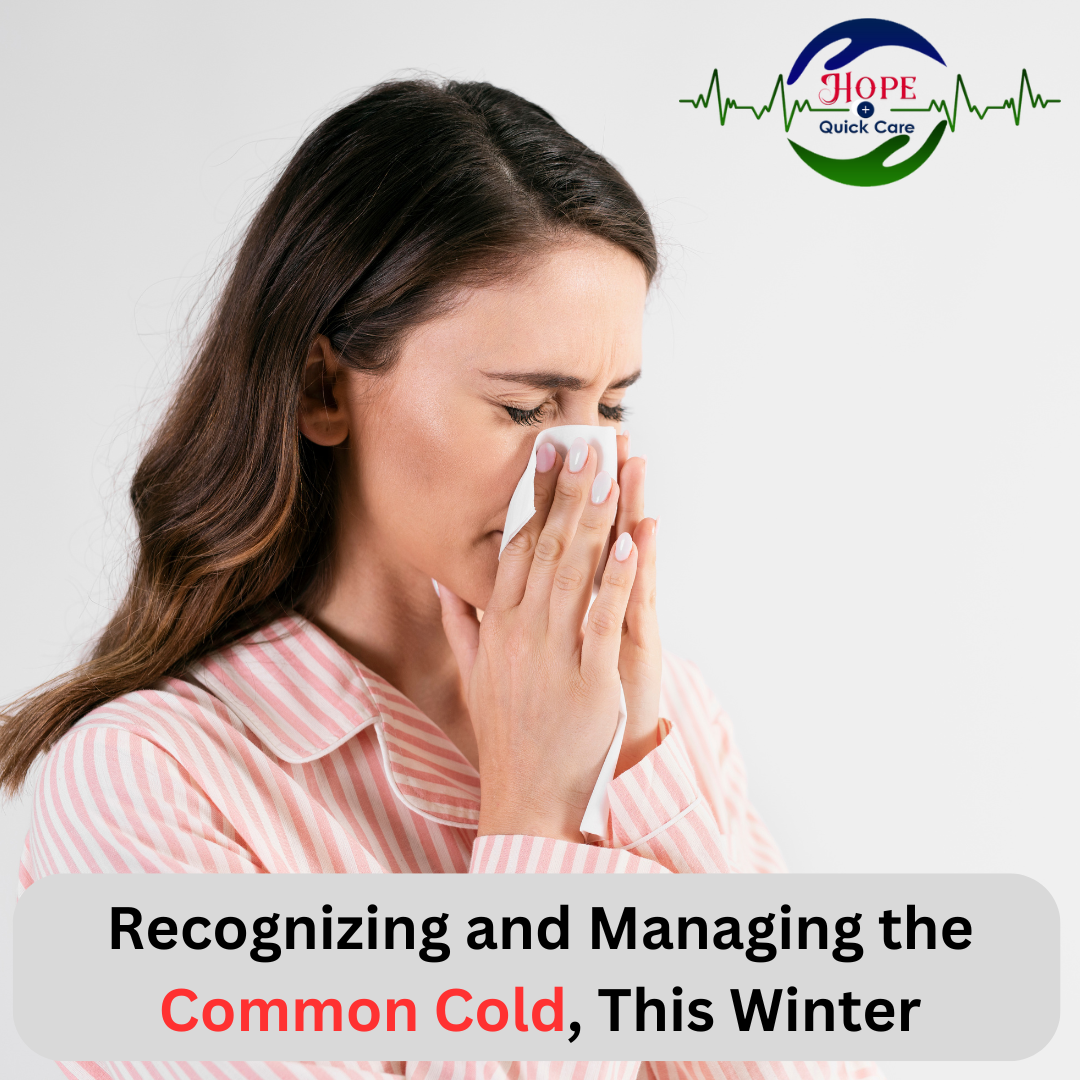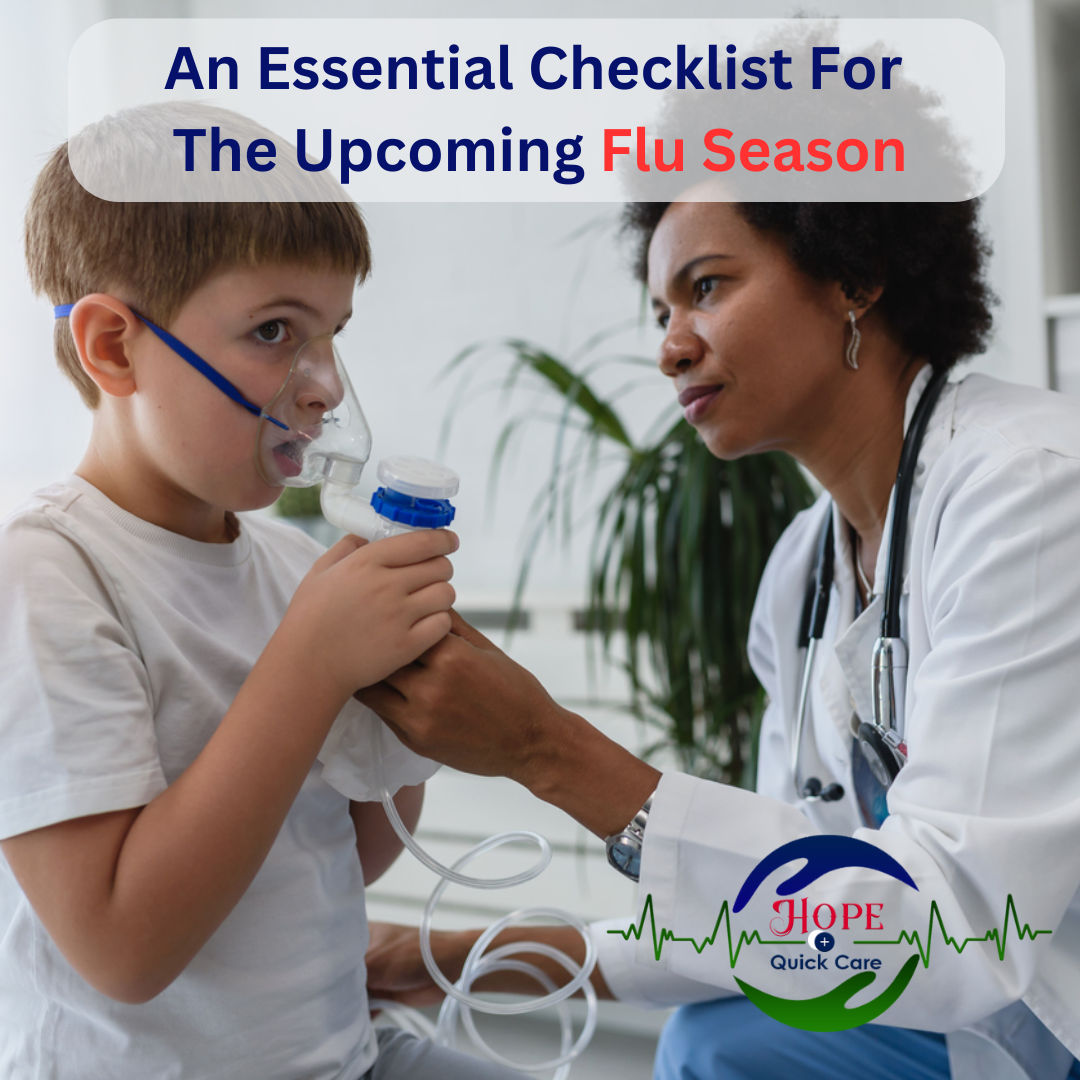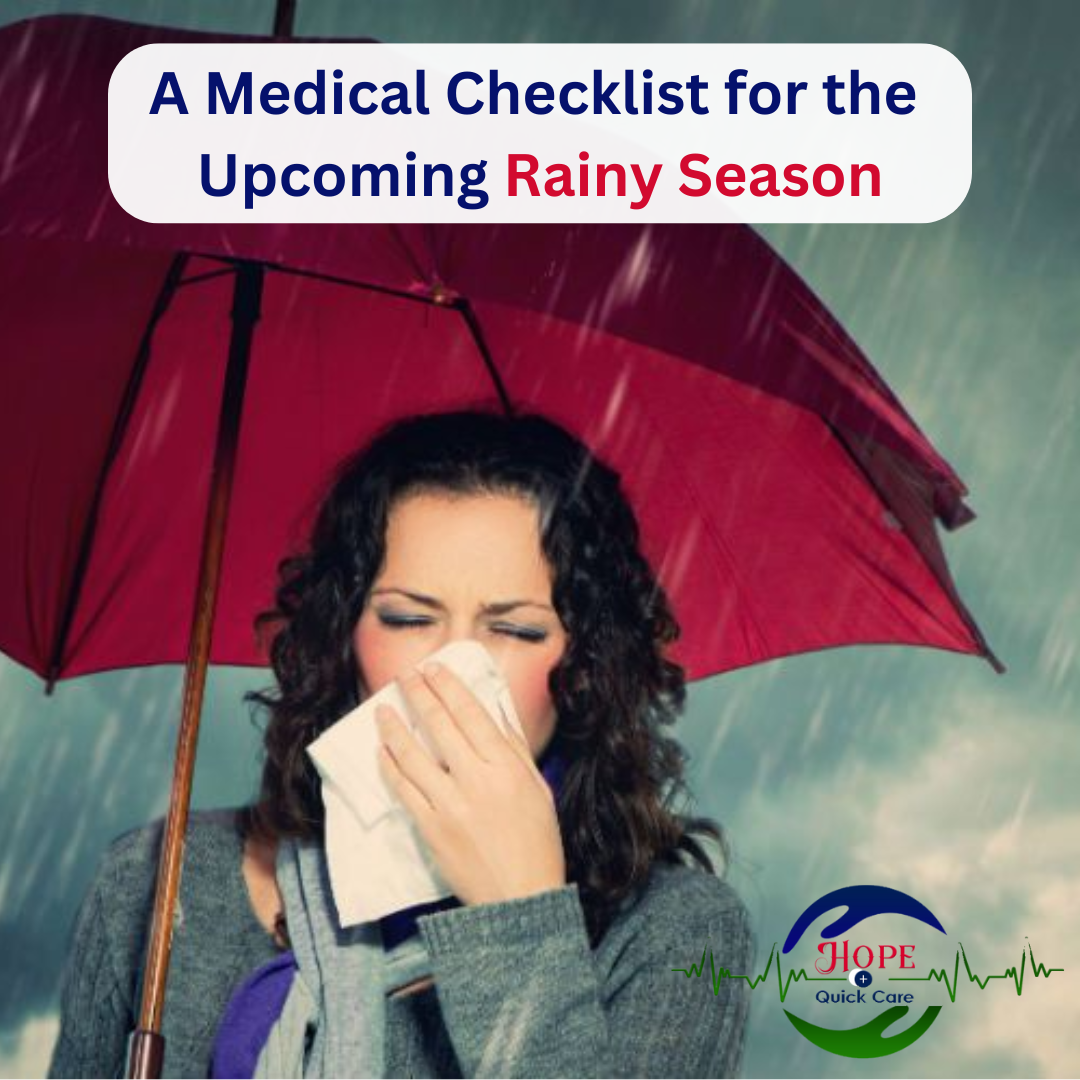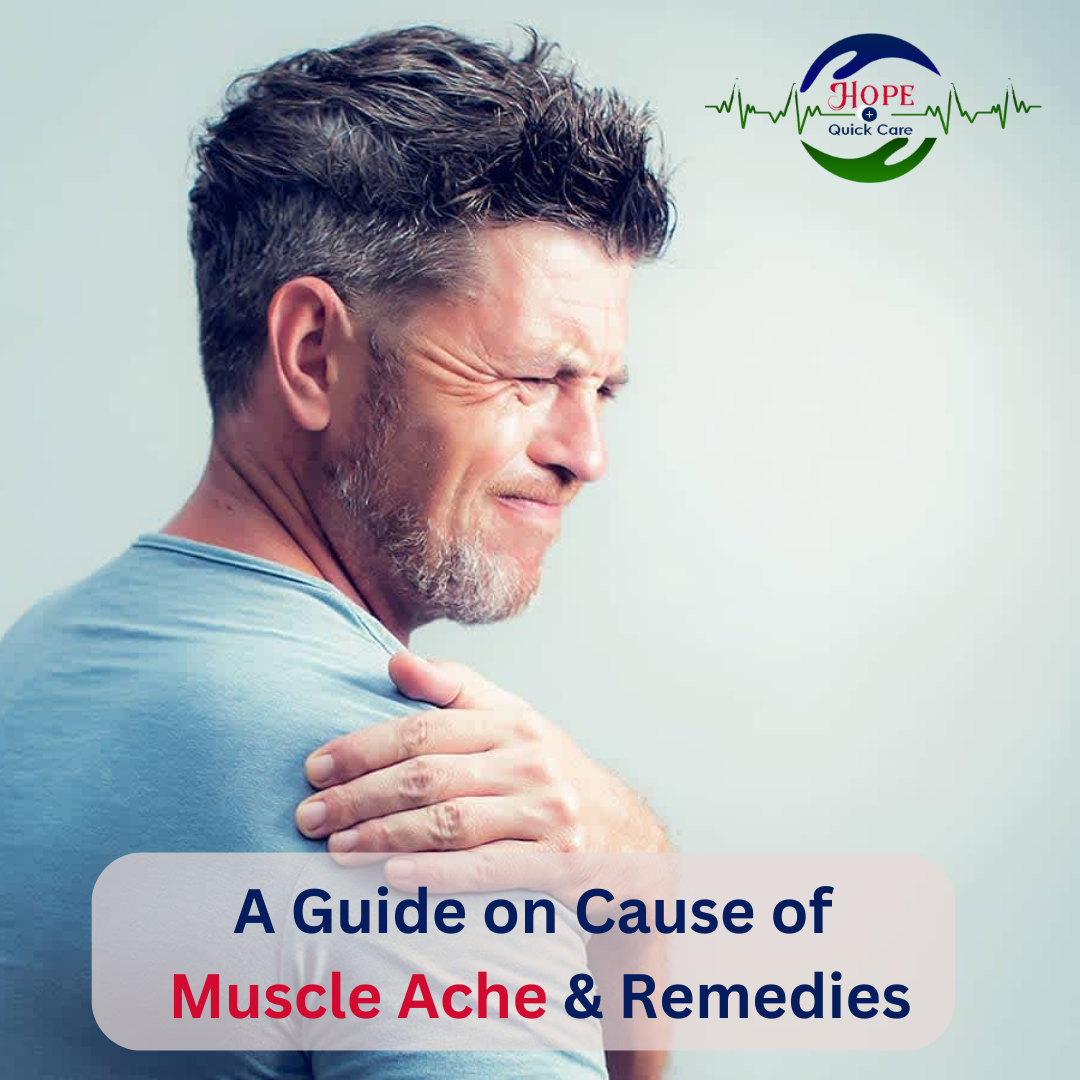People these days tend to take sprains lightly and avoid immediate medical attention. There has to be a swift medical facility that can treat sprains so that one can continue with the day’s work. For this same reason, Hope Quick Care now provides swift medical care for muscle aches, spasms, and sprains.
If you suspect you have a sprain, taking immediate steps to manage the injury can help reduce pain and swelling, and prevent further damage. Here’s a guide on how to tackle a sprain until you can see a doctor:
R.I.C.E. Method
Rest:
Avoid putting weight on the injured area. Rest as much as possible to prevent further injury.
Ice:
Apply ice packs to the injured area for 15-20 minutes every 2-3 hours during the first 48 hours after the injury. Do not apply ice directly to the skin; use a cloth or towel to wrap the ice pack.
Compression:
Use an elastic bandage or compression wrap to help reduce swelling. Wrap it snugly, but not so tight that it cuts off circulation. Signs of wrapping too tightly include numbness, increased pain, or swelling below the wrapped area.
Elevation:
Elevate the injured limb above the level of your heart as much as possible. This helps reduce swelling and pain.
Additional Tips
Pain Relief:
Over-the-counter pain relievers such as ibuprofen (Advil, Motrin) or acetaminophen (Tylenol) can help manage pain and reduce inflammation. Follow the dosage instructions on the package.
Avoid Heat:
Do not apply heat to the injured area during the first 48 hours. Heat can increase swelling and inflammation.
Protect the Injury:
Use crutches or a splint if necessary to avoid putting weight on the injured area.
Monitor the Injury:
Keep an eye on the injury for signs of worsening, such as increased swelling, severe pain, numbness, or inability to move the joint. Seek immediate medical attention if these occur.
Gentle Movement:
After the initial 48 hours, gently move the injured joint to maintain some range of motion, but avoid any activity that causes pain.
When to See a Doctor
Severe Pain or Swelling: If the pain or swelling is severe and does not improve with home treatment.
Inability to Move the Joint: If you cannot move the affected joint or put weight on it.
Numbness or Tingling: If you experience numbness or tingling in the affected area.
Signs of Infection: If there are signs of infection, such as redness, warmth, or fever.
No Improvement: If there is no improvement within a few days or if the condition worsens.
By following these steps, you can effectively manage a sprain and reduce the risk of complications until you can get professional medical advice.
Hope Quick Care has facilities for treating sprains and muscle spasms, and the most common issues associated with a muscle injury. You may contact us at the below information for prior appointments or walk in directly at the address given below.
For more help, visit www.hopequickcare.com or call (936) 299 4138.
You can directly visit us at 2109 East Denman Avenue Lufkin TX 75901



